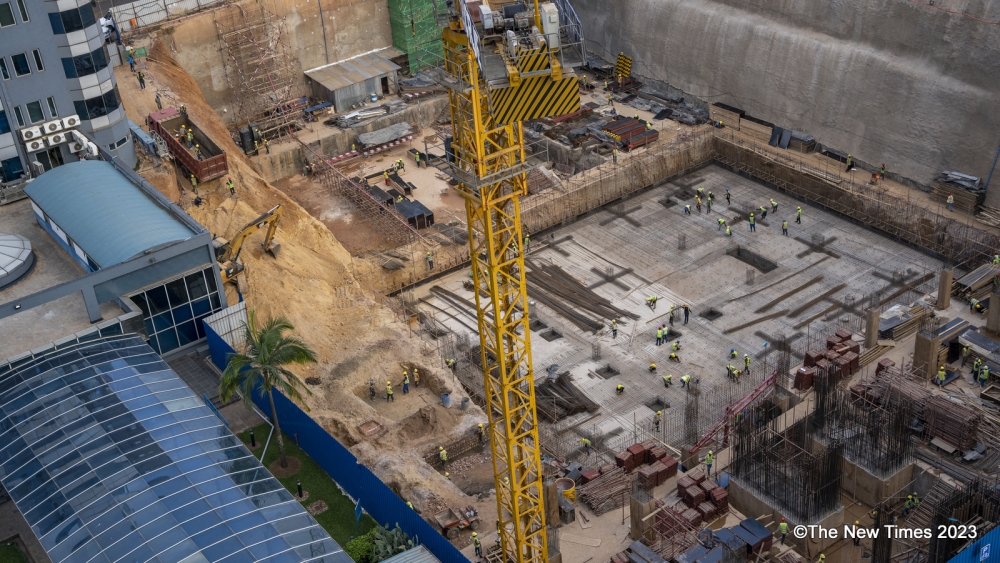

A new presidential order – published on December 4, 2023 – determining fees levied on services and certificates delivered by decentralized entities shows that fees levied on construction permits range from Rwf20,000 to Rwf200,000 across the country.
ALSO READ: KCC slashes construction fees
The new order indicates that the standard rate of fees levied on building permits include Rwf20,000 for a floor area not exceeding 100 square metres, Rwf100,000 for a floor area ranging from above 100 square metres to 200 square metres, Rwf150,000 for a floor area ranging from above 200 square metres to 500 square metres and Rwf200, 000 for a floor area of more than 500 square metres.
The new standards rates show an increase of fees on floor areas above 100 square meters.
In the 2012 presidential order, Rwf20,000 used to be charged for the floor area ranging from zero square metres to 100 square metres, Rwf40,000 for the floor area ranging from 100 to 500 square metres, and Rwf60,000 for the floor area above 500 square metres.
ALSO READ: Why some landowners will wait longer for construction permits
The new standard rates also apply to renewal of a building permit or for authorisation to change reasons based on the request for the building permit, according to the presidential order.
ALSO READ: Districts on the spot for hiking construction permit fees
Emmanuel Kubwimana, the Fiscal Decentralisation Division Manager in the Ministry of Finance and Economic Planning, said: "The fees for building permits are levied on the size of the residential house to be constructed but not on the whole standard size of a plot in which the house is located.”
He said the fee was increased due to basic infrastructure being set up in settlement sites which were not there before.
Standard residential plot area explained
Alphonse Rukaburandekwe, the Director General of Rwanda Housing Authority (RHA) said although a standard residential plot area has 300 square metres, a land less than 300 square metres is developed depending on land use function.
"It depends on the land use function (as per the master plan), and the desired project of the owner, but anything can be done as long as it goes through the process established to scrutinize projects against the legal framework. Neighbours can also put their land together for bigger development. Every plot is developed depending on where it is located,” he said.
Solange Muhirwa, the chief of Urban Planning at City of Kigali said that even a plot of land with 100 square metres is given a building permit.
She said that, for instance, 100 square metres in Residential zone 3 (R3), 120 Square metres in Residential zone 2 (R2) and 100 square metres in Residential Zone (R1B) and Residential Zone R1A are given building permits.
She said that the permits are allowed by the new master plan after assessing affordability and the financial capacity of residents.
Meanwhile she said ‘some are not immediately given permits’ due to issues in implementing physical plans.
"The landowners go back to land committees to correct plot demarcations so that they are aligned with the approved physical plan.”
According to the master plan, physical plans are well planned and designed settlement sites with physical infrastructure including public services, drainage, transport, economic activities, recreation, and amenities to protect the environment.
This means that no resident can get a construction permit in such residential zones before physical plans are established.
Landowners in such residential zones are requesting the government to fast-track the establishment of physical plans to pave the way for access to construction permits for decent housing.


